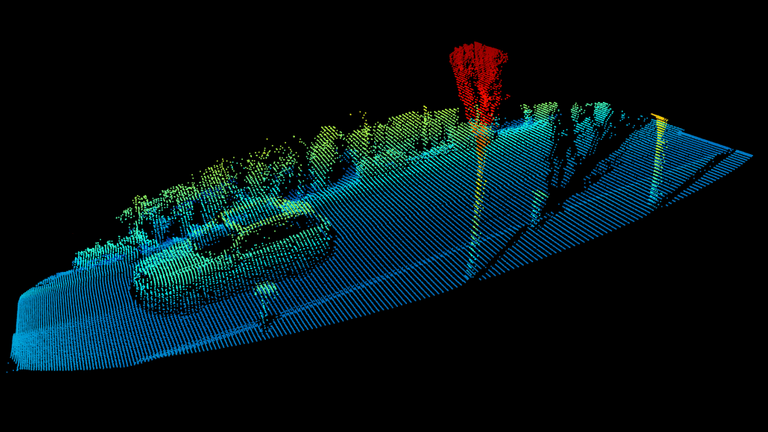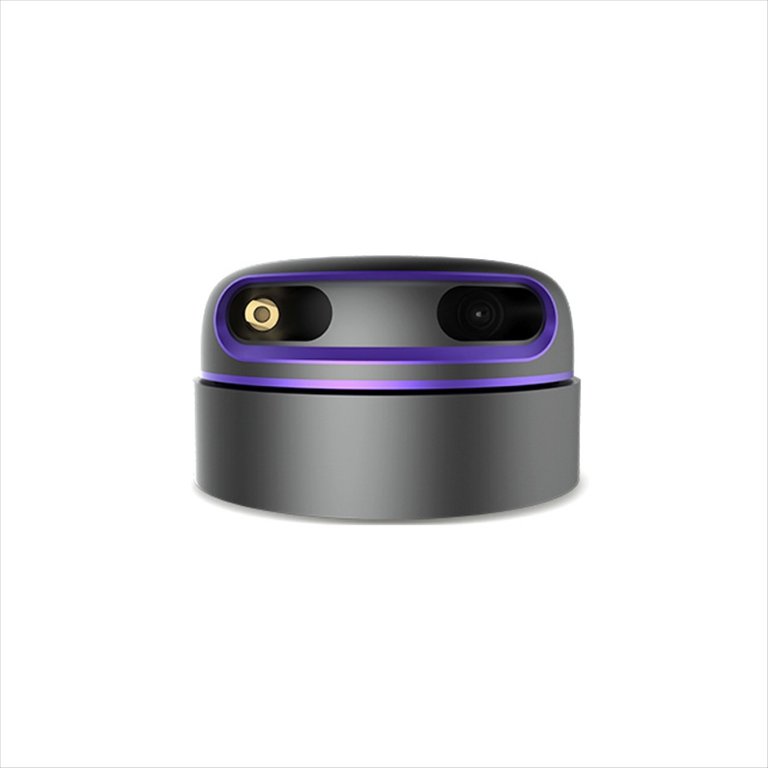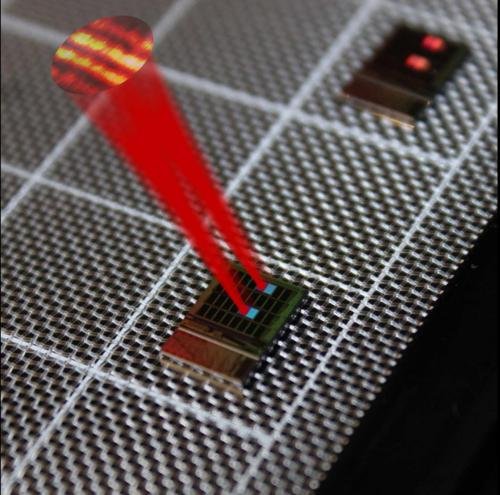
Source
The LIDAR, acronym for Laser Imaging Detection and Ranging, is a device that allows the distance from a laser emitter to an object or surface to be determined using a laser beam.
To do this, the LIDAR launches laser beams in all directions that bounce off all the objects they encounter, the bouncing rays are collected by the LIDAR, which can measure the distances to each object, thus creating a 3D map of the environment.
Although it has various applications in surveying, forest management or in speed detectors worn by the police to brighten our day, perhaps lately the best known use is for autonomous vehicles.

Source
Until now these devices were bulky, expensive and difficult to maintain because they are made up of large rotating mirrors that collect echoes from laser beams, something like the echolocation of bats and dolphins but with light.
But to be able to flood the market with these devices, it is necessary to build them much smaller, cheaper and more manageable, applicable to smaller objects than an autonomous vehicle.
Now a group of scientists have developed a LIDAR that can be housed in a flat chip, using a system that directs lasers according to their wavelength or color, pointing at a specific angle.

Source
This implies that this technology can be used in mobile phones, glasses or video game consoles, which will greatly improve augmented reality applications by achieving a high-resolution image of the environment in real time.
Summarizing, another invention that will make it increasingly difficult for us to distinguish the "real" reality from that manufactured by all these types of devices.
More information:
https://www.osapublishing.org/optica/fulltext.cfm?uri=optica-7-6-726&id=432744


Versión en español
